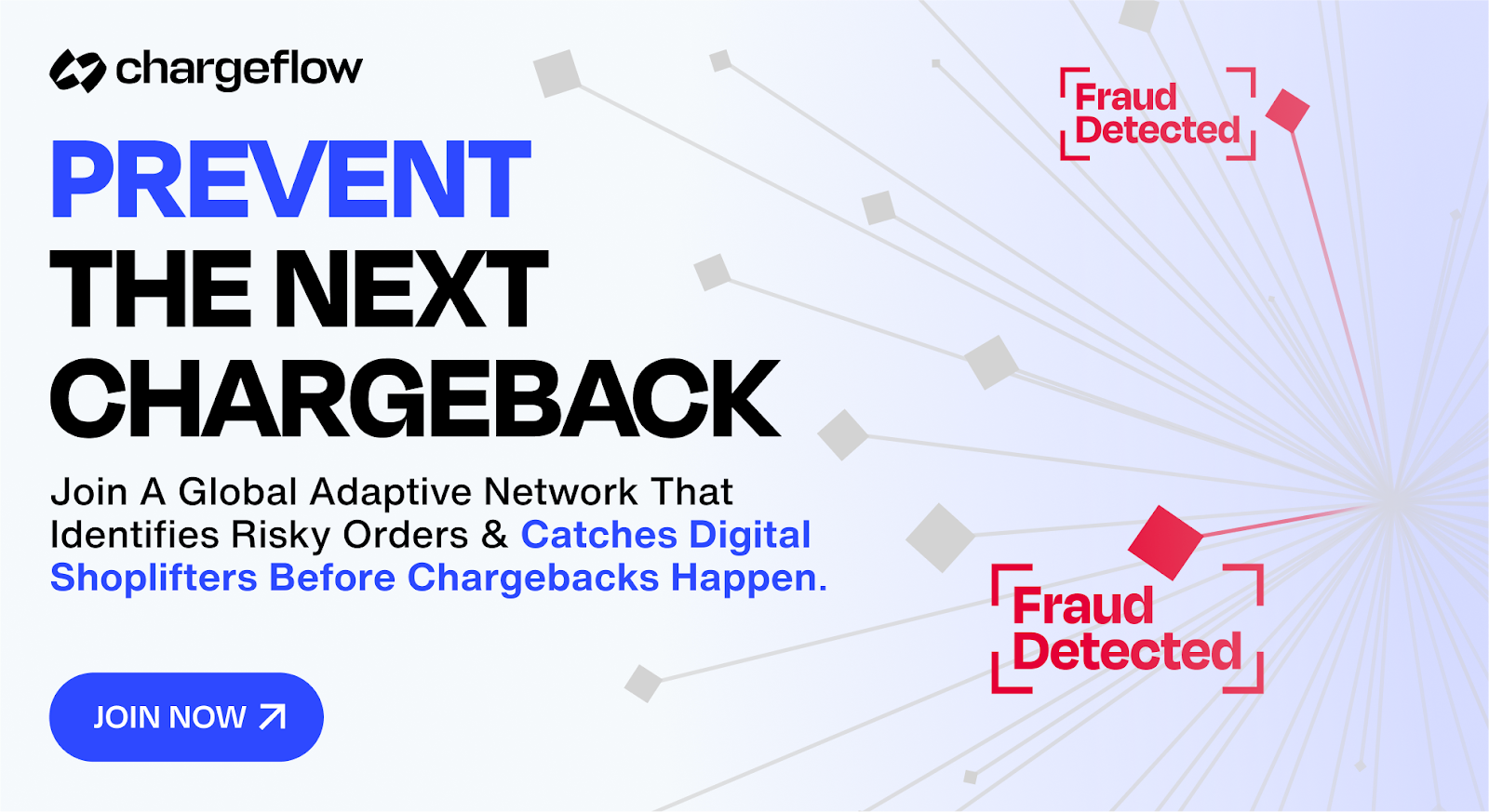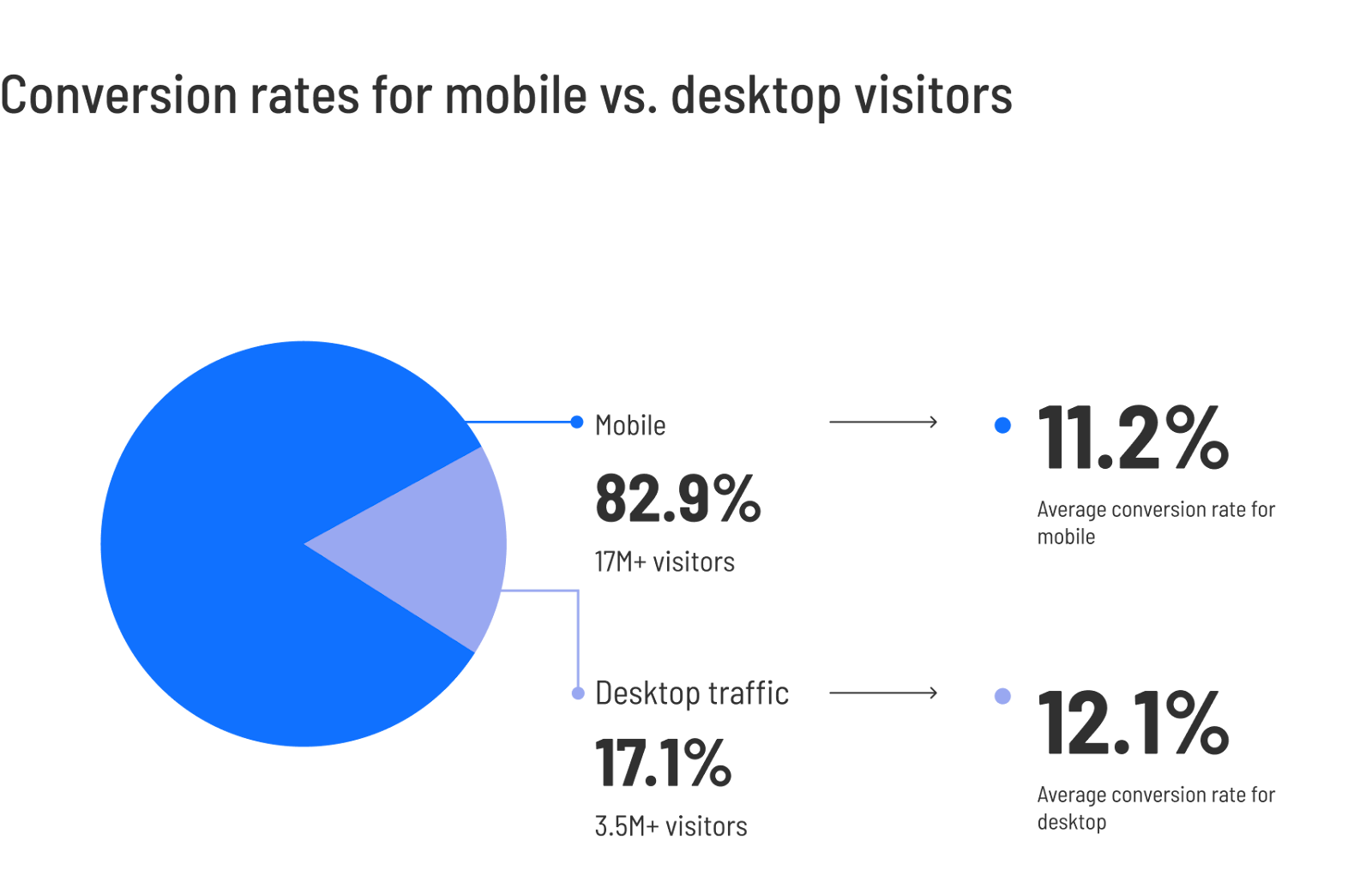Smooth PDPs Killing Your Conversions?
🤨 Smooth pages create ease; textured pages create trust, Mobile Landing Pages Lag Behind by 8% in Conversion Rates, and more!

Hey there Smarty 👋
Are you geared up to catch the latest and greatest in quick shorts?
And just a quick heads-up! If you stumbled upon us through a friend, make sure to subscribe here! That way, you’ll never miss out on the trending shorts.

🤨 Why Smooth PDPs Kill Conversion
High-converting PDPs don’t feel frictionless. They make a buyer pause for half a second — just long enough to think, “This feels real.”
That pause is deliberate. It’s the difference between a click and a commitment. Most marketers obsess over removing friction; the smartest ones engineer it.
The Lie of Frictionless Design
The common CRO playbook says to eliminate barriers: shorten scrolls, hide pop-ups, minimize clicks. It works early on, until paid traffic gets expensive. Then the problem shows up: pages convert fast but not deep.
Frictionless experiences often create shallow intent. They turn shoppers into grazers, easy to convert once, impossible to retain.
“CVR,” short for Conversion Rate, measures how many visitors buy after landing on the PDP. The paradox is that removing all friction can lift CVR short-term but reduce purchase conviction long-term.
The Power of a Controlled Pause
A small, purposeful moment of resistance builds confidence. For example, a PDP that asks shoppers to check their fit or expand a “How It Works” section adds a micro-action that signals quality.
Each voluntary click increases perceived legitimacy; it’s the shopper proving to themselves that the product is worth the effort.
This kind of engineered friction can raise CVR and lower returns simultaneously, because buyers decide with intent instead of impulse.
Where Execution Breaks
Designing healthy friction requires precision. Too little and the experience feels generic. Too much and users drop off.
The balance comes from pre-qualification, preparing visitors before they hit the PDP.
That’s where Grapevine comes in. Their creators produce short “micro-friction” videos, comparisons, side-by-side demos, and quick clarifications, that qualify buyers inside the ad itself.
When traffic arrives on the PDP, visitors already understand what the product solves, what it costs, and how it fits. The page can now include those extra confidence-building steps without risking abandonment.
👉You can book a free strategy call before October 15, 2025, and Grapevine will add one additional creator to your first campaign (10+ micro-friction variations). Those assets filter casual scrollers into conviction buyers before they ever reach the add-to-cart button.
The Operator Truth
Friction isn’t a flaw, it’s a feature of belief. Smooth pages create ease; textured pages create trust. The best brands don’t chase frictionless design. They design for conviction, and that’s what keeps Conversion Rate steady long after the first click.

Together with Chargeflow
Stop Digital Shoplifters Before They Hit Your Margin

A big order lands. Your team ships fast. Days later, a “friendly” chargeback hits, and you lose the product, the shipping cost, and the sale. That’s digital shoplifting, and it’s draining eCommerce profits every single day.
Most fraud tools quit at checkout. The real leak happens after payment, fake returns, serial refund claims, and stolen cards that pass initial checks. Each one slices into profit and eats hours in disputes.
Chargeflow Prevent is your shortcut:
- Slash chargebacks by up to 90% so cash stays where it belongs.
- Intercept fraud before fulfillment with AI tuned to under 0.1% false positives, real customers glide through.
- Trusted at scale, protecting over $5 billion in GMV across more than 15,000 merchants.
Picture your team shipping with zero doubt and your margin line staying clean. No late-night dispute fights. Just confident growth.
Get your first 1,000 transactions screened free. Each hour you wait is profit a fraudster could steal!

📊 Mobile Landing Pages Lag Behind by 8% in Conversion Rates
Unbounce’s latest Conversion Benchmark Report uncovers a costly imbalance: while 83% of landing page traffic comes from mobile, desktop pages outperform by 8% in conversion rate, signaling a clear optimization gap. The findings stem from a dataset of 57 million conversions across 41,000 pages.

The Breakdown:
1. The Mobile Performance Gap - Despite mobile dominance in traffic, conversion rates remain significantly lower, revealing a widespread neglect of mobile UX. The report estimates that if industries optimized equally for mobile, they could have generated 1.3 million more conversions.
2. Industry Conversion Benchmarks - Across all sectors, the median conversion rate is 6.6%, with industries spanning from 3.8% to 12.3%. Unbounce urges marketers to treat benchmarks as relative indicators rather than universal goals, emphasizing that conversion quality matters as much as quantity.
3. Simplicity Wins - Landing pages written in 5th–7th grade language convert 11% on average, far surpassing complex, professional-level copy. The data shows that readability directly correlates with trust and action, making “simple copy converts” the key takeaway.
Email (19.3%) and paid social platforms like Instagram (17.9%) and Facebook (13%) lead in conversion performance, far outpacing search ads. As attention spans shrink and mobile usage dominates, adopting mobile-first design, readable copy, and frequent A/B testing are essential for recovering lost performance and maximizing ROI.

🪩Events
🎯 Creative Strategy Summit 2025
October 9 | 12–6 PM ET | Free Virtual Event
Creative chaos is killing performance. This one-day summit hands you the tools to bring order back — from lean AI-enabled workflows to tested testing systems. Each session delivers frameworks you can apply immediately so your campaigns stop burning budget and start compounding results.
✅ Register once for full-day access + recordings + bonus research.

🚀Quick Hits
💬 Snapchat’s Sponsored Snaps are driving results, 2.3x higher brand awareness and 1.8x more purchase intent than rivals. Despite inbox ad risks, users show growing comfort engaging with brands through chat.
📺 YouTube introduced its Activation Partners Program, spotlighting trusted third-party providers to help brands optimize YouTube ad campaigns, especially on CTV, with data-driven buying, AI targeting, and performance insights.
🤖 Google is testing AI-generated search snippets, replacing or summarizing site meta descriptions using Gemini. This could impact CTRs as AI rewrites how pages appear — beyond publishers’ control.
📊 Despite fears of mass layoffs, a Yale study finds no significant AI-driven job losses since ChatGPT’s debut. Employment remains stable, with changes just 1% above early-internet disruption rates.

That’s a wrap for today! Tell us your thoughts about today's content as we line up more Shorts! And don’t hesitate to share this with someone who’d adore it. 🥰
